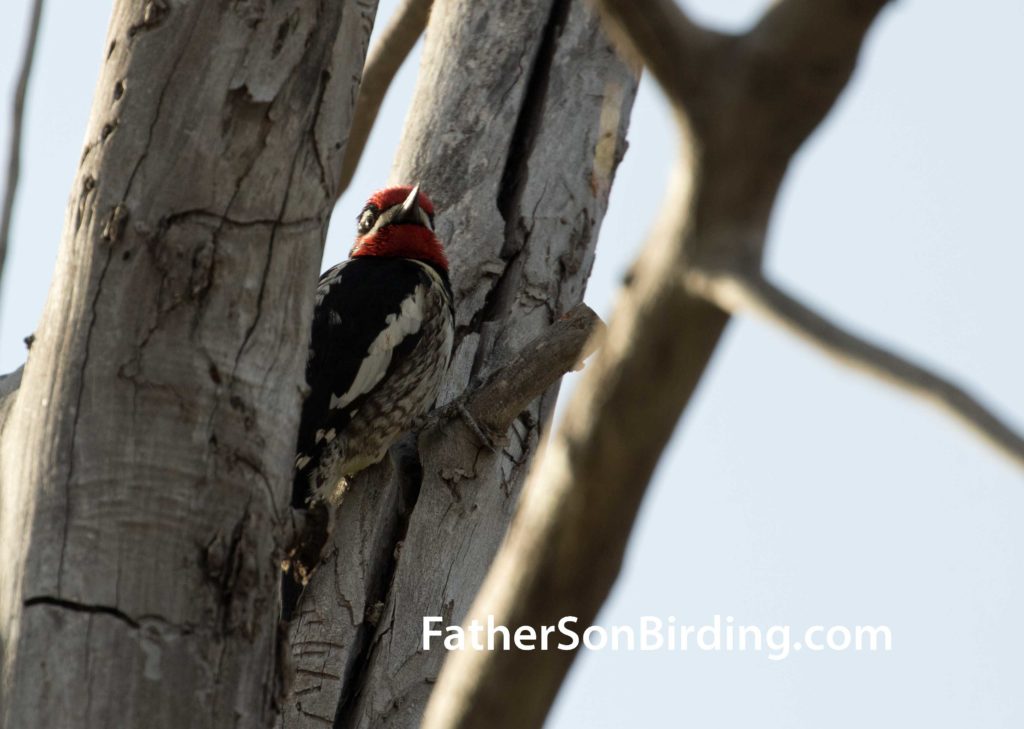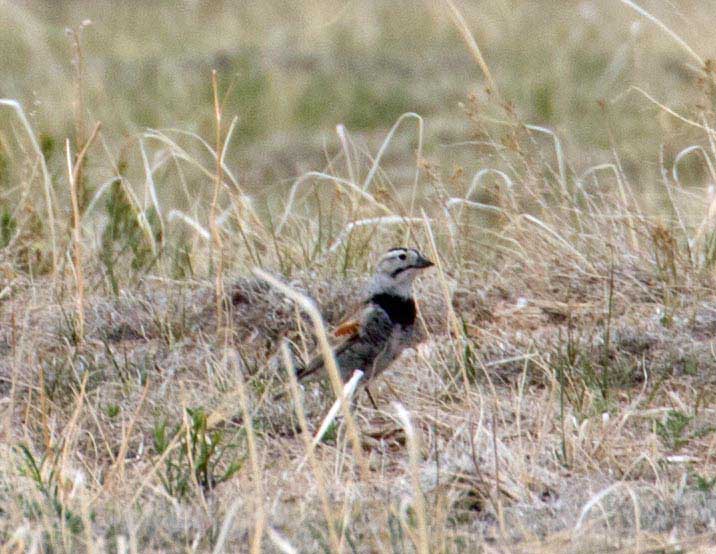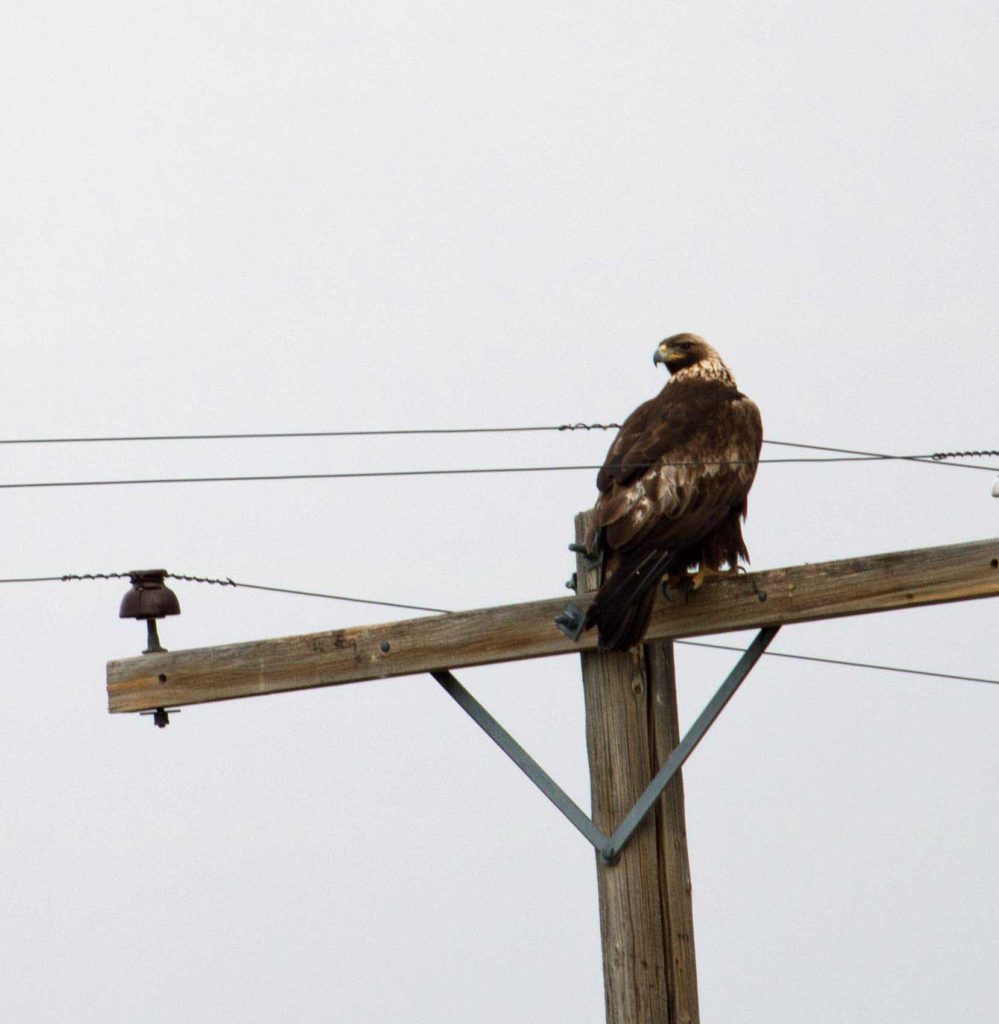Braden here again.
May 5th was designated as the annual Global Big Day this year by Cornell University, the leading university in ornithology. Birders around the world were supposed to go out on that date and see, hear and record as many birds as possible on one day, on the site called eBird run by Cornell. Early May is the perfect time for a Global Big Day—migration is in full force: spring in the northern hemisphere and fall in the southern hemisphere. That means birders can go out and record upwards of 150, 200 species.
Migrants, however, weren’t on our minds when my dad and I set out the morning of May 5th; we were looking for species that had already arrived and set up territories. We were headed to the Big Hole, a big, dry valley in southwestern Montana. We hoped to hit some locations for various year and life birds, then finish up at Bannack State Park, an old ghost town that my dad had written a novel about years before. We were also indecisive about spending the night in Dillon or Butte and hitting Warm Springs Waterfowl Management Area, an old favorite of ours, the next morning.

Red-naped Sapsucker (photo by Braden Collard)
We first stopped at my Eagle Scout project site at Rock Creek to check on the plants I’d planted to help restore bird habitat there. The majority of plants looked healthy, and the soil was moist, delaying having to water them for at least another week. Hooray! The bird life around the property chirped with activity. Vesper Sparrows sang from the fence, an Osprey guarded its nest from intruders that might want eggs for breakfast, and Cliff and Tree Swallows circled above. Right as we were pulling out, we were surprised by a very cooperative Red-naped Sapsucker drumming on a snag right in front of us.
The drive down was very birdy, and we got to our first stop north of Dillon at about nine in the morning. It was a road leading off into shortgrass prairie, and our goal here was an almost Montana-exclusive bird: the McCown’s Longspur. We had seen Chesnut-collared Longspurs last summer in eastern Montana, but now hoped to pick up their less common relatives.
As we began driving down the road, we quickly began seeing more common prairie birds—Horned Larks, and Savannah and Vesper Sparrows. Soon, though, I spotted a bird fly into the air and then coast to the ground singing, similar to the display of the Chesnut-collareds we’d seen last year. As it landed, I got my binoculars on it. The bird was gray, with red wings, a white face and a black chest—McCown’s!

Male McCown’s Longspurs put on an amazing display in an attempt to attract a mate (photo by Braden Collard).
We continued down the road and then turned onto I-91, a highway parallel to I-15. As we said farewell to the longspurs, I turned my attention to raptors on power poles. Almost immediately we came across a huge one.
“Is it a Golden?” I asked, straining my eyes.
As we approached, its white head became obvious. Bald Eagles are still cool, but much less rare in Montana. Surprisingly, they’re also larger than Goldens.
The second raptor, however, appeared to be just as large with no white head. As we passed, I glimpsed its face—the golden hood and powerful eyes of a Golden Eagle.
“Golden!” I said. “Turn around, turn around!”
We pulled into a parking lot across the road and and watched it, then tried for photos. It was fairly skittish, though, and flew away before we got close. We then continued driving, heading for our next stop: Dillon.
To be continued.

Golden Eagles are easier to find in spacious areas than mountainous valleys, but Balds outnumber them there, too. (photo by Braden Collard)

You are so good, Braden! I’m impressed! Love G Mom
Great account…I love how you guys bird together. Keep it up. Hugs, Steve
Thanks, Steve. I think it’s one of the best things in life. Am I guessing correctly that you’re getting out a lot, too? Sneed